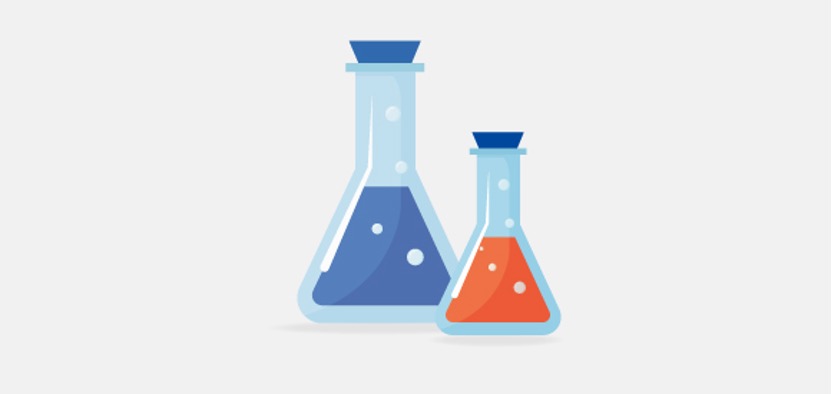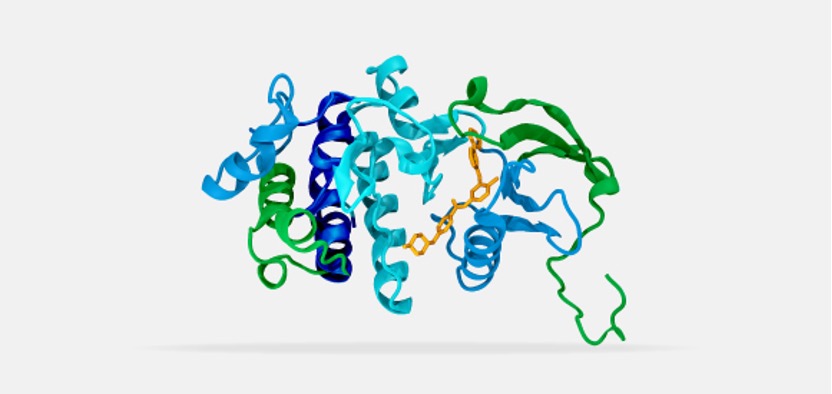In recent years, the cell and gene therapy market has witnessed an unprecedented growth trajectory, with projections estimating that the global market will reach a staggering $20 billion by 2025. This explosive growth is driven by advancements in technology and increasing investments in research and development. As we delve into the specifics of process development within this sector, it becomes evident that regional characteristics play a crucial role—particularly in emerging markets like Desert.
The Dynamics of Cell and Gene Therapy Process Development
cell and gene therapy process development encompasses a range of activities aimed at optimizing manufacturing processes for therapeutic products derived from living cells or genetic material. Each region presents unique challenges and opportunities influenced by local regulations, infrastructure capabilities, workforce availability, and investment climate. In Desert regions specifically, we observe distinct features such as limited access to advanced facilities but also potential cost advantages due to lower operational expenses compared to more developed areas.
Tsingke’s Vision for Growth in Desert Regions
The Desert region is characterized by its arid climate yet rich potential for innovation within biopharmaceuticals. Tsingke stands poised to capitalize on this opportunity through strategic partnerships with local stakeholders while leveraging its expertise in cell and gene therapies. By establishing robust supply chains tailored to the specific needs of this market, Tsingke can enhance accessibility to cutting-edge treatments that may otherwise be out of reach for many patients.
RNA Oligonucleotide Synthesis: A Double-Edged Sword in Desert

Advantages:
- Cultural Adaptability: Local populations often have unique health profiles; RNA oligonucleotide synthesis allows customization based on these demographics.
- Cost Efficiency: Lower labor costs can lead to reduced overall production expenses without compromising quality.
- Simplified Logistics: Proximity to raw materials sourced locally minimizes transportation delays associated with complex supply chains.
Disadvantages:
- Lack of Infrastructure: Limited access to state-of-the-art laboratories may hinder large-scale production efforts.
- Sourcing Challenges:This region might face difficulties acquiring specialized reagents necessary for high-quality synthesis processes.
- < strong>Diverse Regulatory Environment:< / strong>The regulatory landscape can vary significantly across different jurisdictions within the desert area complicating compliance efforts.
A Conclusive Outlook on Cell and Gene Therapy Process Development in Desert Regions
The evolution of cell and gene therapy process development represents not only a scientific breakthrough but also an economic opportunity ripe for exploration—especially within underserved markets like those found in desert regions. While there are inherent challenges related primarily to infrastructure limitations, companies like Tsingke are well-positioned to navigate these hurdles effectively. By harnessing localized strengths alongside innovative approaches such as rna oligonucleotide synthesis tailored specifically for regional needs, we stand at the brink of transformative healthcare solutions that could redefine patient outcomes across diverse landscapes.


